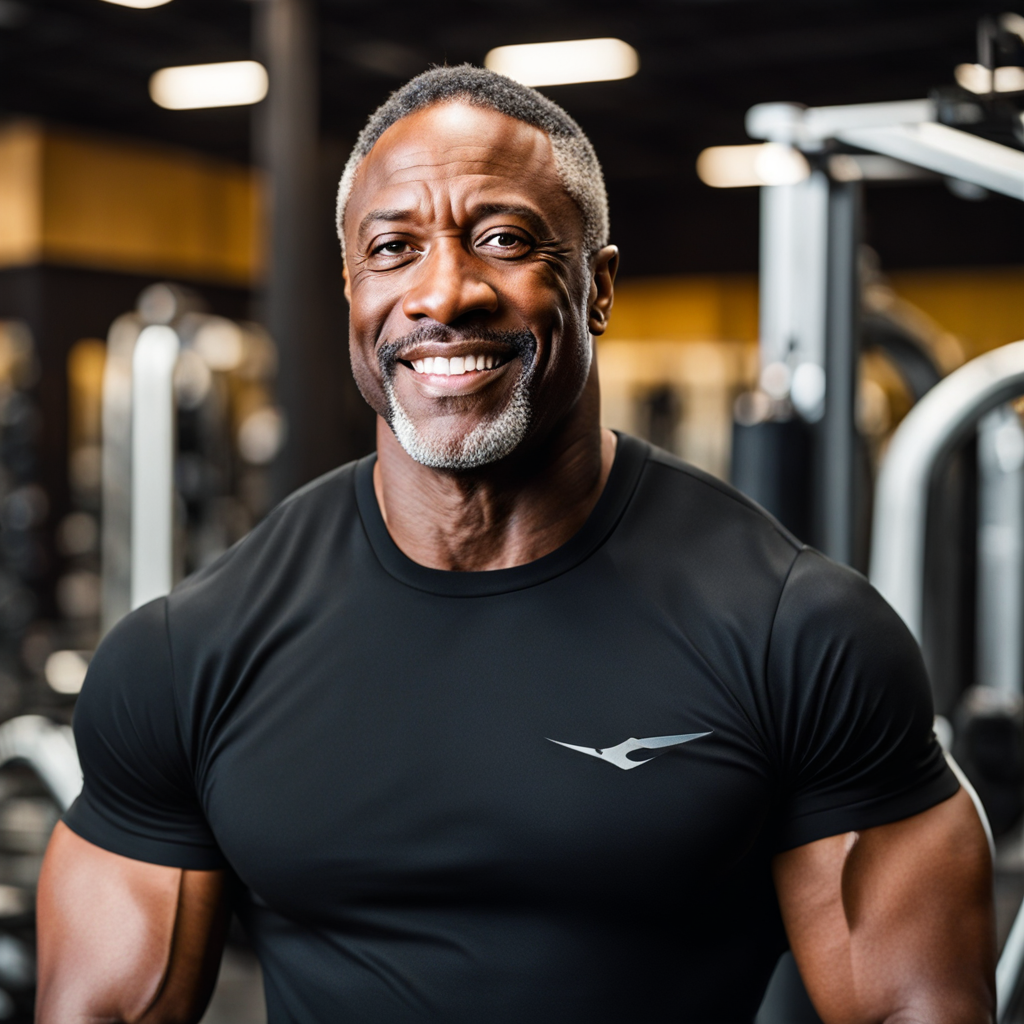In the world of weightlifting, there is a debate between two opposing ideologies: bodybuilding and powerlifting. This ongoing discussion continues, with each side championing its superiority.
Bodybuilding enthusiasts focus on the art of building muscle mass. They spend hours in the gym lifting weights not to increase their strength but primarily to pump blood into their muscles, dedicating around 20 to 60 minutes per week to trigger hypertrophy.
On the other hand, powerlifters thrive on lifting weights, measuring their prowess by the sheer amount they can lift. They have a physique placing less emphasis on appearance and more on raw lifting capacity.
COMMON GROUND BETWEEN BODYBUILDING AND POWERLIFTING
Despite this divide, these two worlds often intersect. Both bodybuilders and powerlifters make use of compound exercises, although with differences. While bodybuilders focus on isolation exercises that sculpt specific muscles with sets dedicated to biceps or other targeted areas, powerlifters steer clear of exercises in favor of holistic strength-building routines. Nonetheless, they coexist within the gym, sharing common ground when it comes to exercise selection.
AESTHETICS AND STRENGTH
Even though powerlifters are often portrayed as indifferent towards appearance, they also strive to develop chests or arms. Human ego, even if vehemently denied, still plays a role. Having a defined physique under your shirt can greatly boost your morale.
The key factor here is strength. Being able to lift weights represents strength. As a result, there is overlap between powerlifting and bodybuilding, with many athletes participating in both domains.
INTRODUCING POWERBUILDING
Introducing the combination of two realms: powerlifting and bodybuilding—Powerbuilding. This fusion revolves around three core exercises: Deadlifts, bench presses, and squats, which aim to enhance both strength and muscle growth.
Powerbuilding incorporates rep ranges from 4 to 8 reps, targeting both muscle development and strength gain. The initial set of eight reps focuses on muscle growth, followed by a set of six reps that targets fast-twitch muscle fibers. Finally, the set of four reps prioritizes strength.
To adopt this approach, choose six exercises for chest, arms, and shoulders to be performed on Mondays and Thursdays. Likewise, select six exercises for legs and back to be done on Tuesdays and Fridays. Place emphasis on compound movements such as bench presses, deadlifts, squats, and rows that engage muscle groups at once. Allow for a 30-second rest between each exercise to ensure muscle recovery.
Following such a regimen may prove more challenging than traditional powerlifting or bodybuilding routines. Recovering from such a workout might be a challenge for those who are used to either training style. However, over time, both groups can find familiarity in this combination routine, enjoying the benefits of increased muscle mass and greater strength.
A BALANCED POWERBUILDING DIET

The powerbuilding diet combines elements of bodybuilding and powerlifting diets. Powerlifters may modify their calorie intake to achieve goals, while bodybuilders who adopt powerbuilding may prioritize lifting potential over visual muscle size.
This diet should consist of protein sources like chicken, beef, fish, eggs, and dairy products. It should also include carbohydrates from foods like pasta, brown rice, oats, sweet potatoes, and a variety of vegetables. Don't forget to incorporate recovery aids such as creatine and glutamine, which are essential for supporting the body during this demanding training regimen.
In essence, the ongoing debate between these two approaches may continue. However, powerbuilding offers a training approach that combines the strengths of both worlds to provide increased strength and muscle mass. It bridges the gap between these styles of training.






